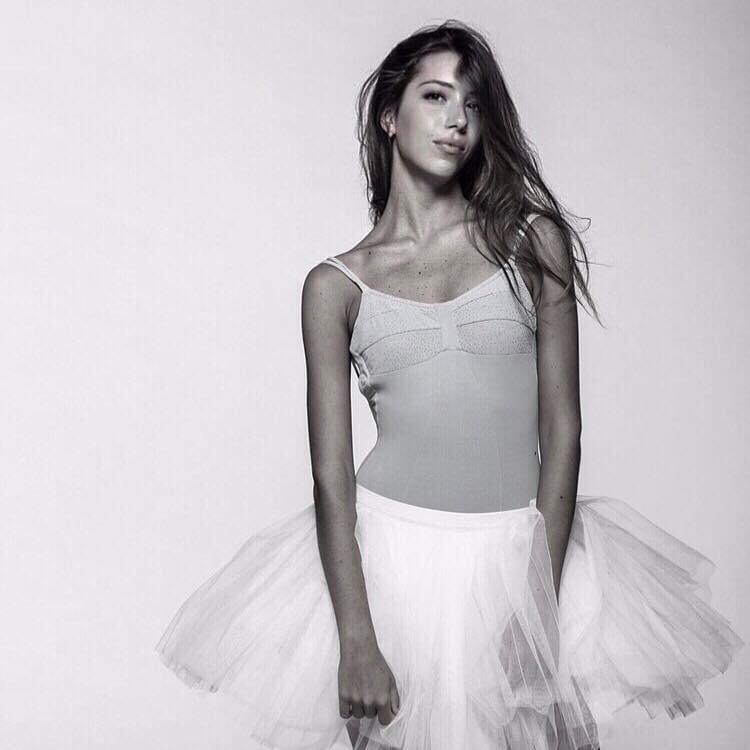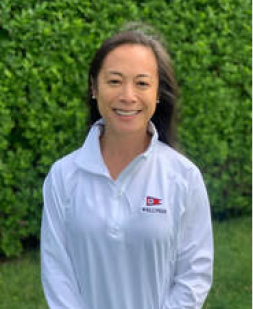Why Pilates is the Safest and Most Effective Method of Stretching the Body
Pilates is hands down the most effective, controlled and safe way to manage proper range of motion at all of the joints within a practitioner’s body. Because Pilates is practiced with control and places strength behind the controlled movement into a stretch, it is an extremely effective way of managing the proper amount of flexibility within the body. Using a couple examples from traditional fitness, yoga and Pilates, we can see that the ability of the body to hold the shape of the stretch is imperative in the Pilates practice, while the stretch itself is more the focus in the other regimes.
Let’s take a look at the Pilates Rollup, Seated Forward Fold yoga asana and a traditional hamstring seated stretch performed as a warm-up or cool-down post exercise. They may look very much the same, but the ways of entering the poses or exercises are very different as are the eventual outcomes. A little bit of abdominal control makes a lot of difference in a person’s physique and flexibility- the more strength, the better!
The Rollup from Classical Authentic Pilates
The Rollup is a basic Pilates Mat exercise that is actually very challenging to execute properly! Every moment of the exercise should be a full body movement, including the start position, lying down on the floor. By focusing on the abdominal control to move the spine and the torso, the Rollup teaches the body to move into and out of torso and spinal flexion with support, over time increasing the mobility in the back and at the hips and hamstrings with the proper amount of support from the abdominal muscles. No flinging or use of the shoulders and hip flexors to lift allowed! Let’s give it a try!
- From supine (lying on your back) position: Stretch arms behind head, engaging all of the muscles in the body to lengthen along the mat.
- Lift the arms toward the ceiling, then the head, shoulders up between the frame of the arms.
- Reach the fingertips long toward the hips feeling the lats kick in to draw shoulders down and feel the entire length of the rectus abdominus kick in to lift the torso away from the mat, maintaining the spine in a long and lengthened c-curve.
- Continue to lengthen up and over the legs while pulling the belly back in opposition to the arms and legs reaching forward.
- Keep the abs in control as you lower the torso back to the mat pelvis first, maintaining the long c-curve of the spine and continuing to keep the abs engaged all the way back to the start position
Seated Forward Fold from Yoga (Paschomatiasana)

A seated forward fold is a traditional Hatha yoga posture or asana that appears in different places during a yoga sequence depending on the tradition. It is likely to follow a fairly lengthy movement sequence of vinyasa and standing postures which depend on the legs for movement and support. When a practitioner reaches the seated postures, many times it is an “ahh” moment of release without a focus on the strength to accomplish the stretch. The focus is on bringing the upper body toward the thighs, without mention of abdominal connection or support for the lower back and the hamstrings. For every movement, there is an opposing counter-movement. When the hamstrings and lower back are being stretched, the abdominals must be the opposing muscle group, otherwise, the newly found flexibility does not have a safe or stable base to provide support for the greater length at the joints and this can lead to injuries over time. A simple cue to pull the abdominals in and up could make the difference between a safe stretch for the back and hamstrings and overdoing the movement without the proper structure.
To learn how to properly execute this pose step-by-step, check out this great “how to” article from Yoga Journal.
Traditional Hamstring Stretch from post-Exercise

In the 90’s, when I was training to be a Group Exercise instructor (prior to being introduced to the fitness world as a mainstream form of movement) we were instructed that “unsupported forward flexion of the torso was always contra-indicated” and should never be taught in an exercise class. Somewhere around the mid 90’s, the large certifying agencies changed their tune and informed us that yes; flexion was ok, as long as it was supported by the abdominals. I certainly applaud the effort to bring awareness that yes, the abdominals are the key to supporting the back, yet looking around at any group stretching pre- or post-run and some of the instruction was lost in translation! Nowadays, we see tucked pelvises, rounded and compressed spines all achieved in the process of reaching for the toes. Forget the toes, straighten the back and use the abdominals to safely reach the torso over the legs, creating length in the spine and when appropriate, a controlled flexion of the spine in order to create length through the vertebrae. By moving safely into the stretch, a student can create length through the entire back line of the body safely- hamstrings, calf muscles, back extensors and protect all of the moving parts into and out of the stretch! Use the abs to stretch your hamstrings and back!








